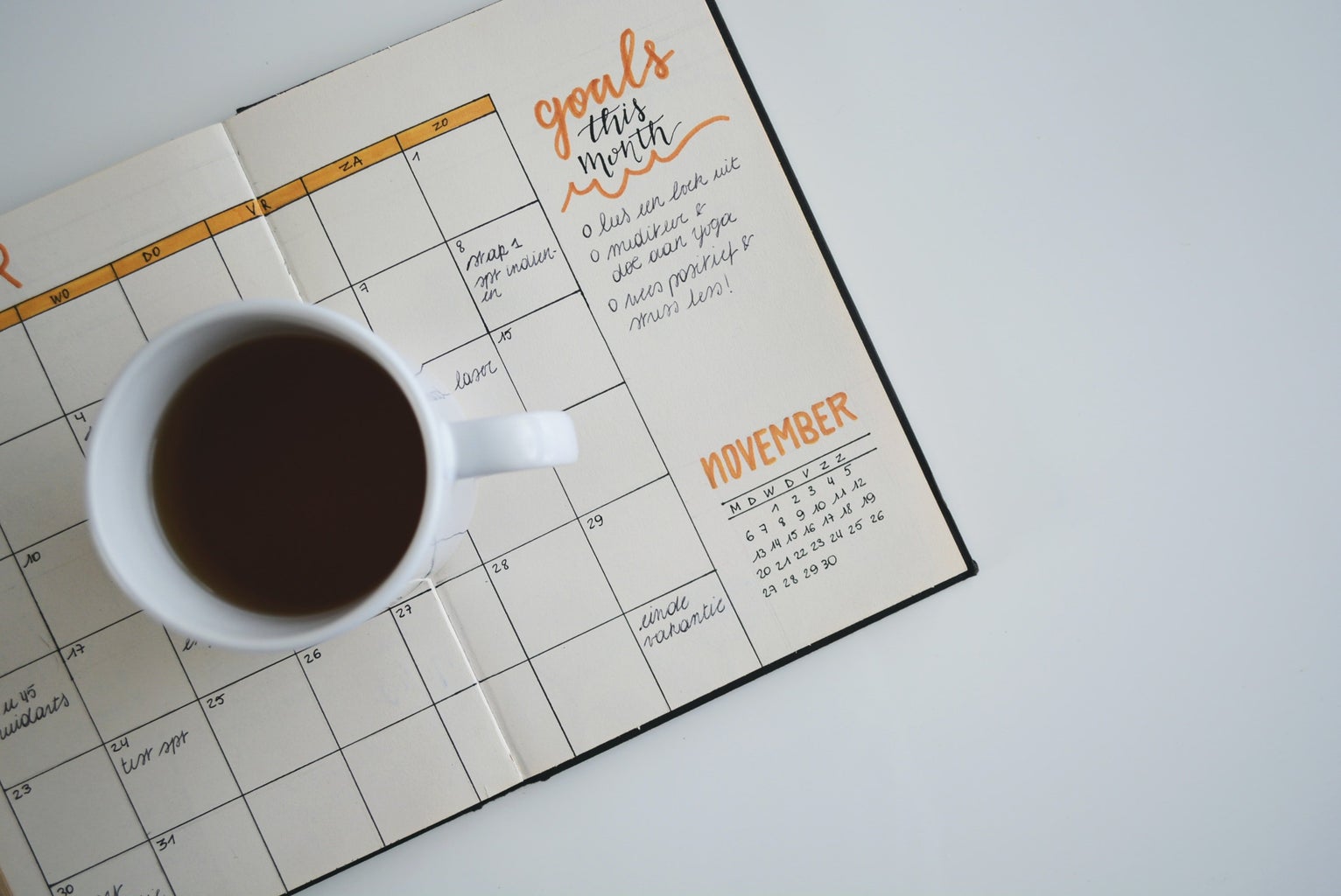College life is more stressful than ever. Just take a look at our home page and count the number of articles written about student anxiety and mental wellbeing. Burnout, imposter syndrome, and destructive perfectionism barely make a dent in the list of stressors affecting new and seasoned college students alike. And while many of us are not afraid to share our personal experiences with stress with peers, a different story arises when considering how to alleviate the same issues that persist in competitive academia.
Sara Tieu was a junior in the UW Design program when she realized that not enough was being done to understand the health and wellbeing of herself and her peers. The program itself is an instant classic – ranked nationally among the top 3%, known for its rigor and ability to shape excellent designers. The acclaim is well-deserved, yet many (including Sara) realized that the program was not without its inherent flaws.
Social comparison is commonplace in competitive environments, a double-edged sword that can bring about self-motivation or self-doubt.
“There was always a sense of competitiveness that lingered in the air when you would walk into studio. Students talking about who got this internship or who has this many interviews”, Sara recalls. In addition, many design courses hinged on the student critique, a process during which students’ works could be put up on a wall and reviewed by others. These sessions were bittersweet: conducive to competitive pressure, but at the same time crucial for creating balanced, high quality designs.
It was these aspects of the Design program, interconnected with their effects on the health and wellbeing of students, that led Sara to aspire to make a lasting impact on the program itself.
“Heading into my senior year, I felt this inspirational spark to make an institutional change.”
This was not a homework assignment for Sara – rather, the idea was drawn from passion and personal experience, and it started with an email. Struck by inspiration late at night, she decided to email some of the UW Design faculty a proposal about incorporating more mental health resources into the program.
Almost five days passed without a response. Finally, Sara received an email back from one of her instructors. Turns out, “[the email] had been causing a bit of a stir,” she said with a laugh. And the professor who had responded, interaction design researcher Audrey Desjardins, had a special request: create a research plan to formally investigate the health and wellbeing of UW Design students, then communicate the findings to the rest of the faculty. The roots of Sara’s capstone project grew from there – a research report delineating the UW Design student experience with health and wellbeing, meant to serve as validation of students’ voices as well as an inflection point for change within the program itself.
The 10-week process of researching, designing, and writing the report was often overwhelming due to the sheer amount of information Sara needed to parse through. Her primary research process, which you can read more about on her website, involved a series of interviews with current students, alumni, and faculty, as well as an online survey. Hundreds of multicolored sticky notes adorned Sara’s bedroom wall, the outcome of a common design process called affinity diagramming. These quotes and concepts were eventually grouped into six high-level insights, from which developed the six chapters of the final report.
The visual design for the report was just as important, as it had to strike a crucial balance between engaging and mature in order to achieve the desired impact. As stated on the website, the visuals in the report “[followed] the concept of a grid pattern in the background as an homage to the Swiss style design that the UW Design program is known for, but superimposed with circles that break out of the grid, symbolizing this report as a deviation from the norm.”

Takeaways
“Emotionally, I had to reconcile with this feeling of going against the status quo,” Sara remembers. “With the initial email I had sent out, I felt like I had pushed myself into the spotlight, and now I had to deal with the pushback.” That’s the difficulty of pursuing your passions: the process rarely makes it easy for you. It takes bravery to seize moments of inspiration and turn them into opportunities.
To her surprise, however, the overwhelming majority of the students Sara had interviewed shared similar perspectives on the topic of health and wellbeing. For many including myself, it feels like we’re constantly expected to perform at our best, particularly in competitive environments such as college or even in industry.
Productivity and success are often equated to self-worth, consequently creating a stigma around sharing one’s own struggles.
To quote a student featured in the report: “I just thought that we were supposed to know the answer, like we weren’t supposed to be struggling…maybe it was out of embarrassment, or like this wasn’t what the program is…like [professors] are here to teach us…[not] be emotional support along the way.” While students recognized the program for its merits, they also acknowledged that there was room for improvement in many areas.
There isn’t a single, all-encompassing solution to addressing student health and wellbeing, and Sara’s report emphasizes that point. Additionally, there exists a limit to how much the faculty can assist a student in their struggles: “Faculty are there to support you academically, and that absolutely includes talking about health and wellbeing as the two are so intertwined for students. However, [faculty] should also refer you to campus resources and provide academic accommodations as needed.” The report contains multitudes of similarly insightful recommendations for the program, such as creating opportunities for students to have personal moments for reflection, as well as making time for collaboration and natural critique outside of classes.
Establishing space for mutual healing and validation within the student-faculty body is key for cultivating a healthy mindset and culture.
It’s clear that all university programs should invest in the health and wellbeing of their students, especially in the face of the extensive crises currently facing our country and the world. The main insights of Sara’s report present useful starting points for other programs, not just UW Design, to begin investigating the issue of student stress within their own student bodies.

What’s Next for Sara?
Following the completion of the report, the UW Design faculty and administration expressed interest in implementing Sara’s recommendations. Sara visited the program in October to speak to students, setting the foundation for the program’s renewed focus on health and wellbeing. The presentations were a success, with students reaching out to Sara following her presentation.
“[Students] felt so much more at ease knowing that they weren’t alone in their struggles.”
Sara has also since been brought on as the student coordinator for a new RSO, the Division of Design Health and Wellbeing Team. This quarter, the organization has been busy planning social events, expert-led discussions about student wellness, and initiatives across all levels of the institution.
In addition to the UW Design Health and Wellbeing report, Sara also collaborated with two of her peers, Bridget Lewis and Sarah Strickler, to create Brave Expressions, a mental health storytelling platform empowering people to communicate their experiences through creative outlets such as poetry, music, and art.
“I know now that my voice has power and that I have the ability to make an impact if I speak up about what I’m passionate about.”
Although she plans to return to the industry to build her foundation as a product designer, this experience has imbued Sara with the confidence to take note of the passions that excite her and consequently, to pursue them. As a closing note, Sara urged others to become advocates when it comes to challenges that are stigmatized or often pushed to the side: “I encourage people to pursue issues that they are drawn to and to see what kind of impact they can make.”
Learn more about Sara through her website: https://www.saratieu.com/
Read more about the insights from Sara’s report: UW Design Health and Wellbeing


